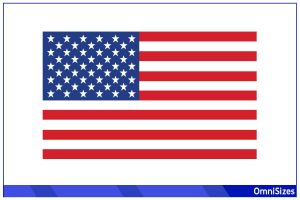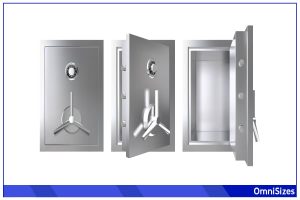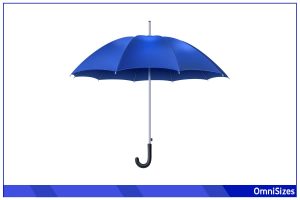When it comes to sprucing up your dining table, the right table runner can make all the difference. Incorporating table runner sizes into your décor adds a touch of elegance and style. Whether you’re preparing for a special occasion or just refreshing your dining space, you should know what size to get.
A standard table runner size is typically 14 × 72 inches (36 × 183 cm), but they come in all sizes and styles. The ideal table runner size is 1/3 the width of your table and 6-12 inches (15 to 30 cm) longer than the table’s length.
This guide will discuss the basics of table runners before diving deeper into different table runner sizes. It will also cover rules of etiquette for table runners and how to pick the best size for your dining table.
What Is a Table Runner?
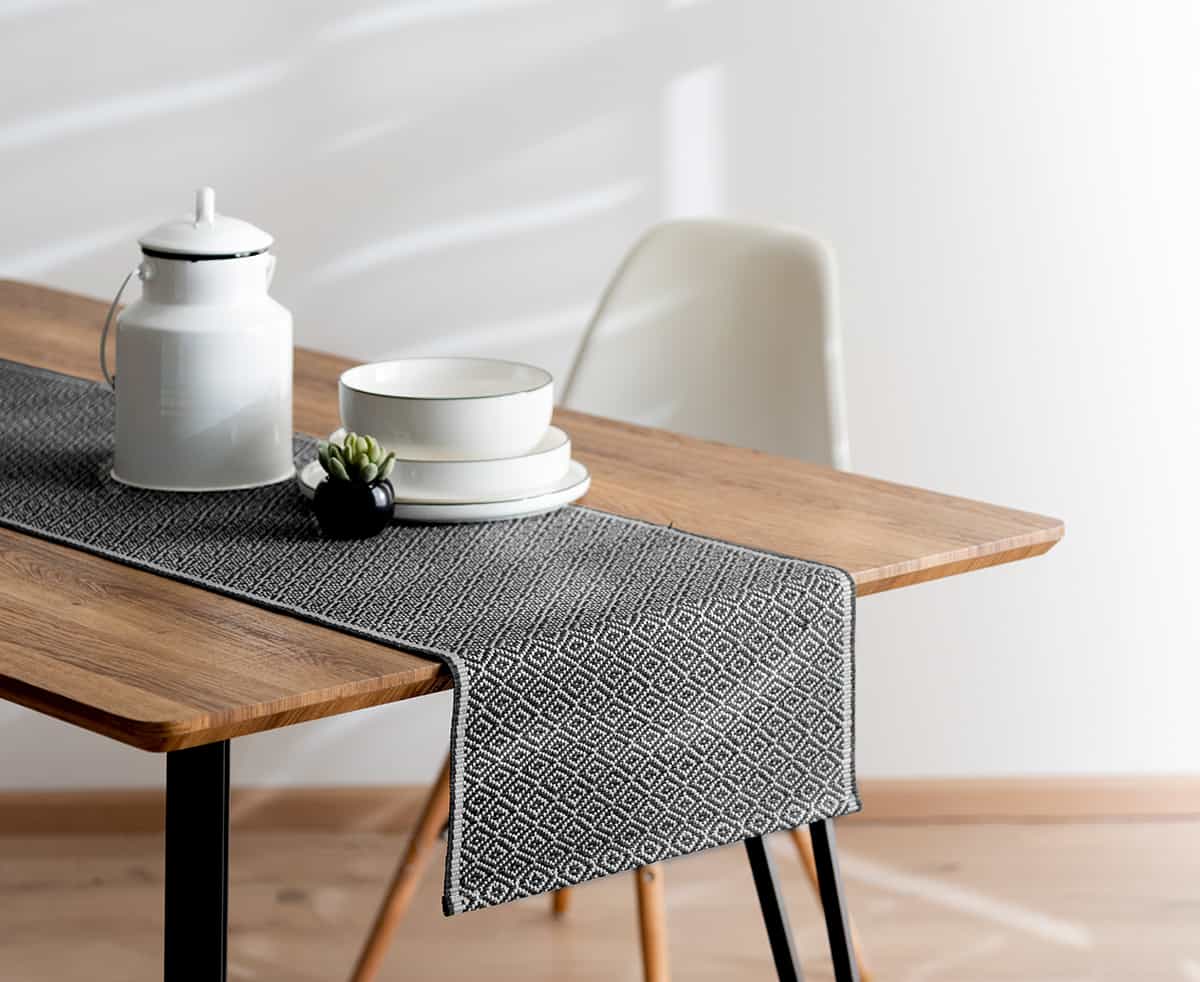
A table runner is a narrow piece of cloth that runs along the length of a dining table. It’s a decorative accessory that also serves practical purposes like protecting the table surface. Table runners are versatile, coming in various materials, colors, and designs to fit any decor theme.
Table Runner Sizes
The right size table runner can elevate your dining experience and protect your table. They come in various sizes to suit different table lengths and widths.
Standard Sizes
The most common table runner size is 14 × 72 inches, ideal for standard-sized dining tables. However, runners can vary in length from 36 inches to over 120 inches, accommodating everything from small coffee tables to large banquet tables. The width typically ranges from 10 to 15 inches.
Custom Sizes
For unique or unusually sized tables, custom-sized table runners are a great option. You can have them made to exact dimensions for the perfect fit. Custom runners allow for more creativity in design and material choice.
Rules for Using Table Runners
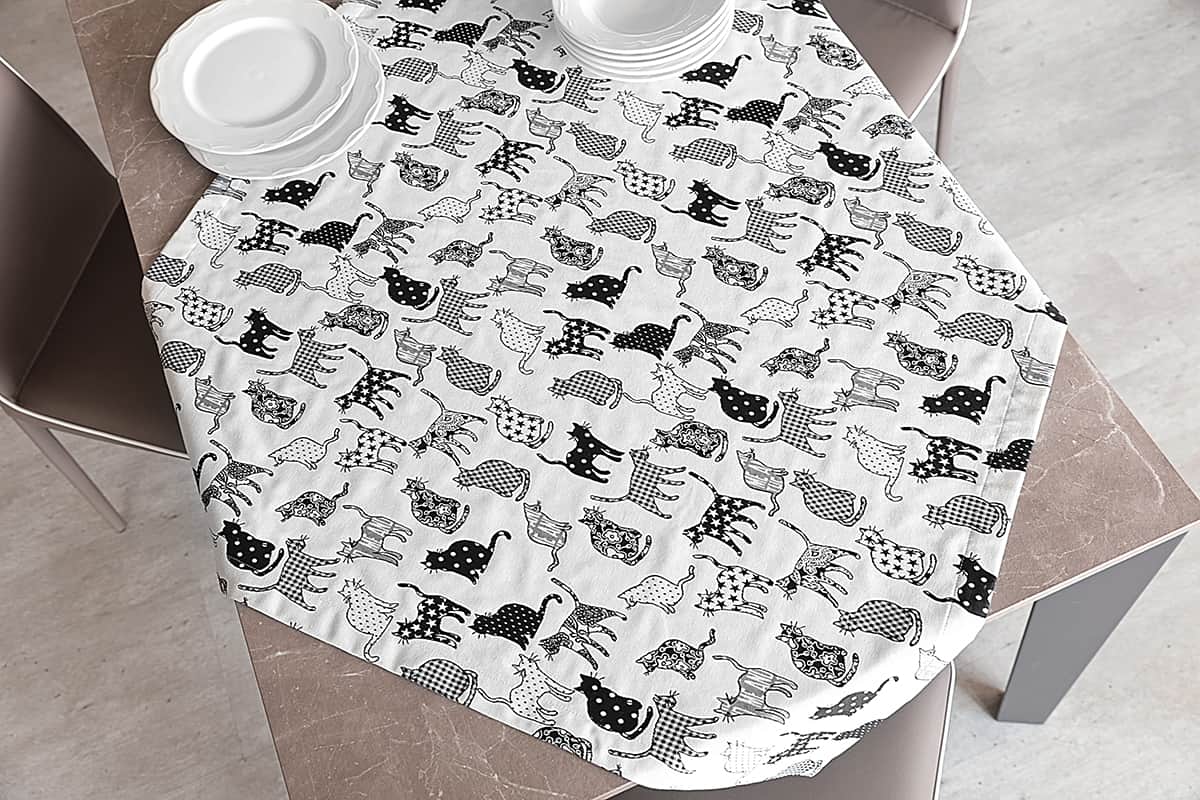
While you’re more than free to choose a table runner of any size, there are a few rules you may to adhere to. These rules can help enhance your dining experience by helping you find a table runner that’s not overbearing or overshadowed.
1. Proper Placement
The table runner should be placed lengthwise down the center of the table. It’s essential to align it with the middle, ensuring it looks straight and neat. If you’re using a tablecloth, the runner should be centered on top.
2. Length and Overhang
The length of the runner should be appropriate for your table size. Ideally, it should hang over each end of the table by about 6 to 15 inches. This overhang gives a polished look, but it’s crucial not to let it dangle too far, as it can become a nuisance to seated guests.
3. Mixing and Matching
Feel free to mix and match your table runner with other table linens. However, it’s key to maintain a cohesive look. The colors and patterns of your runner, napkins, and placemats should harmonize and create a pleasing aesthetic.
4. Formal and Informal Settings
For formal settings, choose a table runner with a refined look, such as silk or linen. In informal settings, more casual materials like cotton or burlap are suitable. The material and style of the runner should match the formality of the occasion.
5. Coordination with Tableware
The table runner should complement your tableware. It should act as a backdrop that enhances your plates, glasses, and cutlery, rather than competing with them for attention.
Picking the Best Table Runners
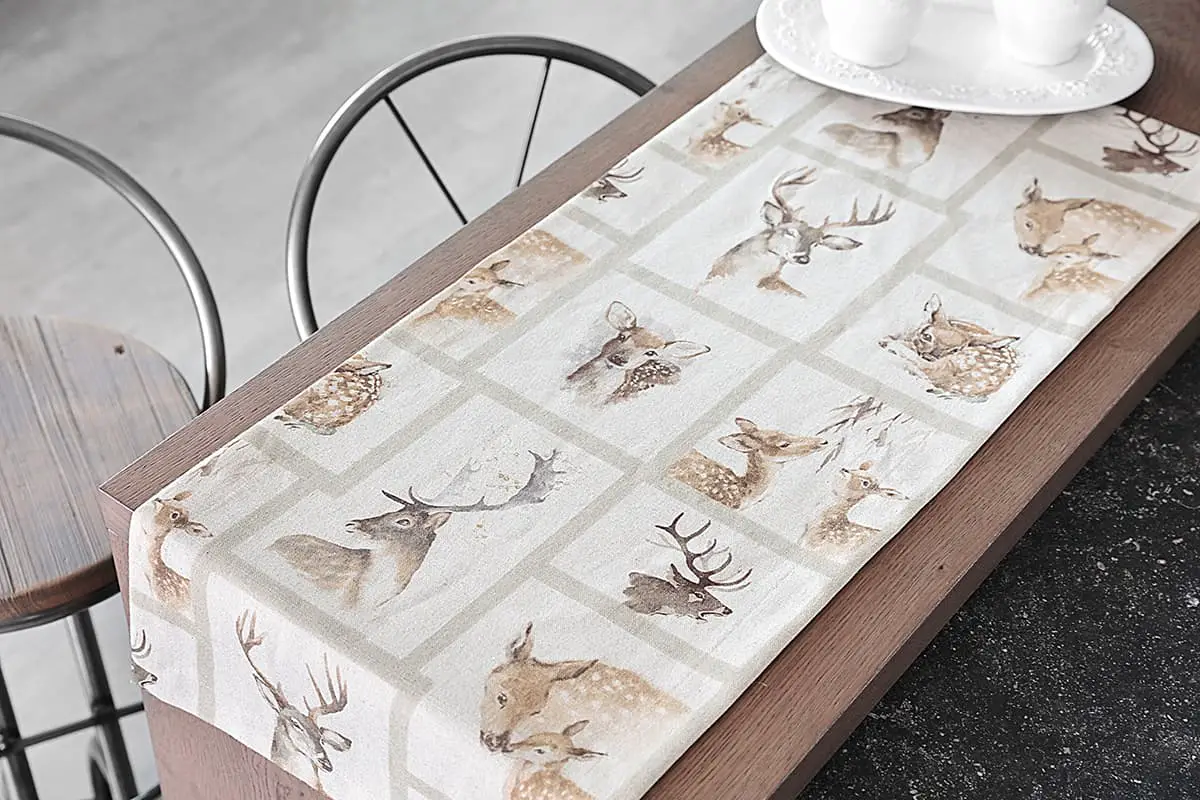
When shopping for table runners, there are several factors to consider to ensure you get the right one for your needs. This guide will help you navigate through the options to find the perfect table runner for your home.
1. Table Dimensions
First, measure your table’s length and width. A runner should be long enough to hang over the table’s edges, typically 6 to 12 inches on each side. For width, a good rule of thumb is 1/3 of your table’s width.
2. Material Choices
Table runners come in various materials with their own look and feel:
- Cotton: Great for everyday use, easy to wash.
- Linen: Offers an elegant, natural look, ideal for formal occasions.
- Silk: Luxurious and perfect for special events but requires careful handling.
- Polyester: Durable and often wrinkle-resistant, suitable for frequent use.
- Burlap: Adds a rustic charm, fitting for country or farmhouse-themed decor.
3. Color and Pattern
The color and pattern of your table runner can set the mood of your dining area. Neutral colors work well for a subtle, elegant look, while bold colors or patterns can make a statement. Consider your existing decor and choose a runner that complements or accents your theme.
FAQs
1. Can table runners be used on any table shape?
Table runners are versatile and can be used on any table shape, be it round, square, rectangular, or even oval. The key is choosing the right size and placement.
For round tables, a shorter runner works well to avoid hanging edges.
On square and rectangular tables, longer runners that drape over the sides look elegant.
For oval tables, take the longest distance from end to end as your length measurement.
2. Do table runners need to match tablecloths and napkins?
Not necessarily. In fact, contrasting colors and patterns can create an appealing and dynamic table setting. If you prefer a cohesive look, coordinating colors or themes is a good approach. But feel free to experiment with different combinations to reflect your personal style or the occasion.
3. How do I correctly place a table runner on a table?
Lay it down the center of the table lengthwise. If you’re using a tablecloth, place the runner on top, centered. The runner should hang evenly on both ends of the table. For round tables, you might center the runner or place it across the diameter. The runner should complement the table, not overwhelm it. Keeping it straight and well-positioned is key to a tidy look.

